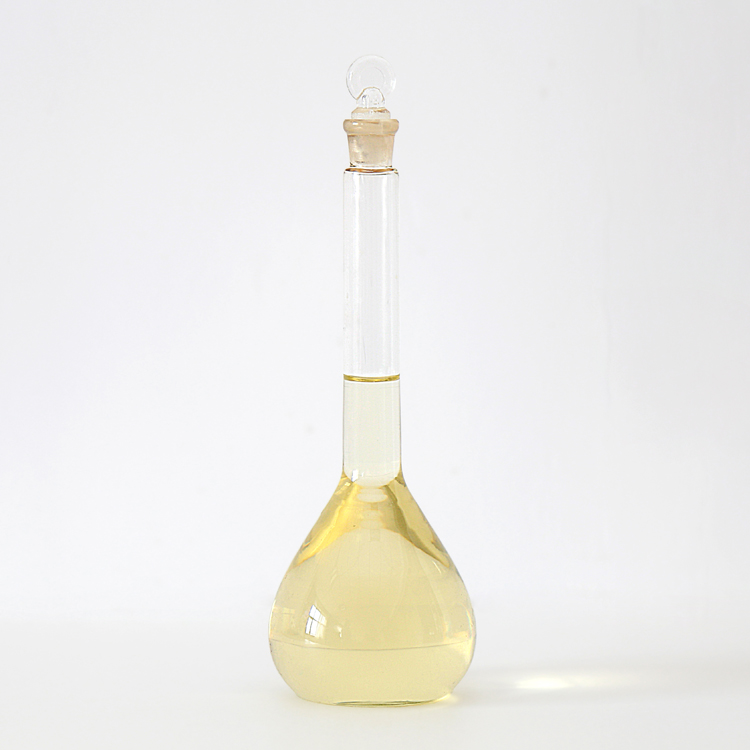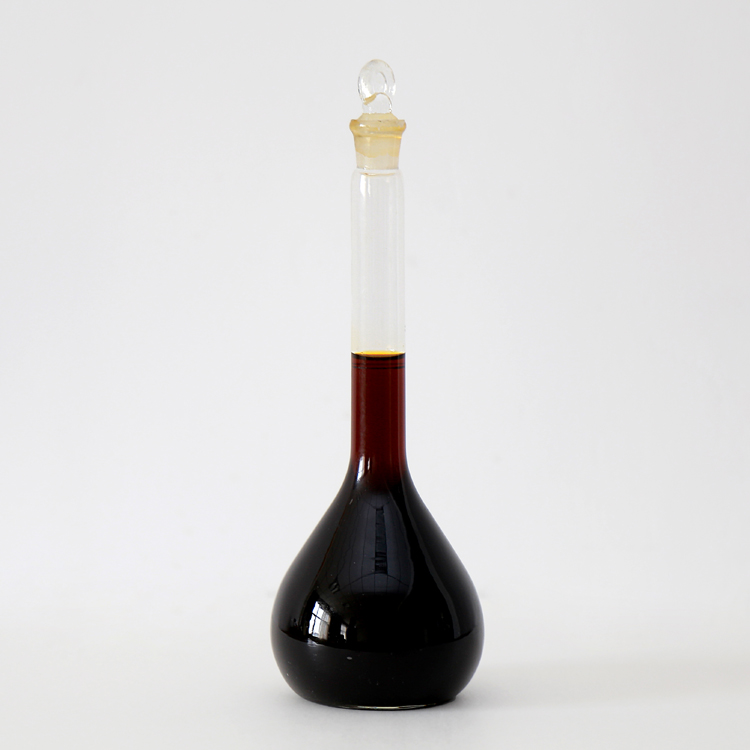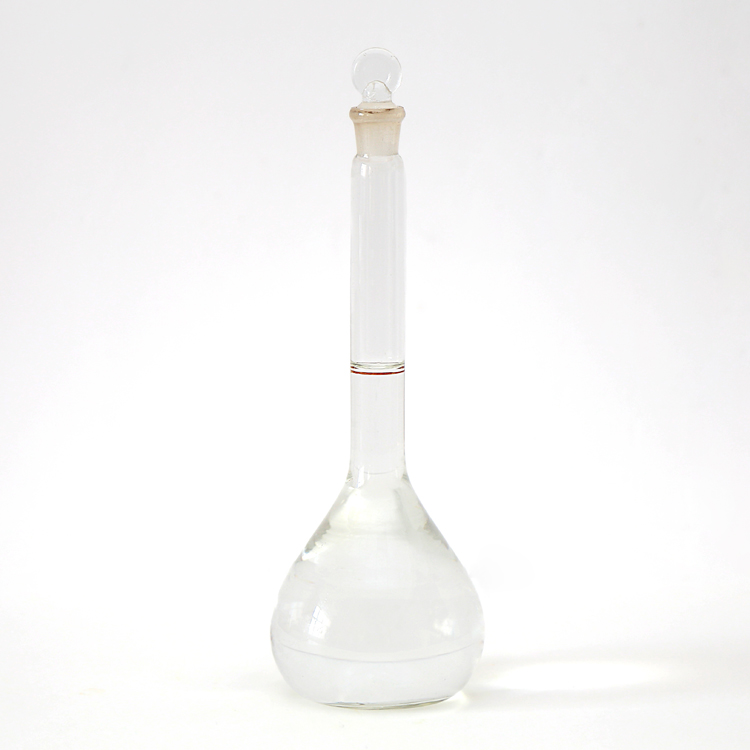
COMPANY NEWS
- Home >> NEWS >> COMPANY NEWS
Product recommendation
Hot News
Contact us
- Tel:+86-0391-3126812
- Phone:+86-15803910375
- Add:The west industrial cluster area of Jiaozuo City, Henan province, China
- E-mail:aefk@aefkchem.com
Application methods of polyaluminium chloride in different scenarios
Polyaluminium chloride will release a large number of charged ions when dissolved, and form large flocs by adsorbing other charged particles in the sewage. After precipitation, the water purification effect will be achieved, especially for the purification of high turbidity sewage. Polyaluminium chloride plays an important role in domestic sewage, industrial wastewater, beneficiation wastewater and other places.
Oily wastewater mainly comes from oil in oil plants. Processing, refining, storage and transportation of oil products; Cold lubricating fluid and rolling water formed during manufacturing and machining; Vehicle wastewater during industrial transportation, oil washer wastewater in railway locomotive depot, etc. in addition, wastewater from textile industry, food industry and other manufacturing industries contains a lot of oil. Reaction mechanism of composite application of anionic polyacrylamide and polyaluminium chloride in industrial oily wastewater treatment. After using the application. The content of waste oil and COD will be reduced by 20%. Many tests have concluded that polyaluminium chloride has flocculation, strong non turbidity removal, low impact on the pH of raw water, and high chromaticity of treated water. It can also be recycled as a flocculant for petrochemical wastewater. Polyaluminium chloride is used to treat River water for turbidity and COD removal.
The pulp of papermaking is negatively charged, and cationic polyacrylamide coagulant can be used. It has the characteristics of adsorption electric neutralization, adsorption bridging and compressibility. It can destabilize the pollutants in the wastewater to form large flocs, and has strong sedimentation after separation in the wastewater. When polyaluminium chloride coagulant is used to treat papermaking wastewater, the dosage is 6ml. When the pH value is 8, the effect of wastewater treatment is preferred. At this time, the CODcr removal rate of wastewater is 37%, and the decolorization rate is 78%. When polyaluminium ferric chloride coagulant is used to treat papermaking wastewater, the effect of wastewater treatment is good, and the CODcr removal rate of wastewater is 43%. The decolorization rate is 90%. Polyaluminium chloride and polyaluminium ferric chloride coagulants can be used in paper mills. Not only the cost is low. The sediment treated by polyaluminium chloride can be recovered and used as papermaking raw materials, which has great economic value.

Through the construction of a reservoir to reach the groundwater, it is added to the groundwater, and then polyaluminium chloride is added to the water with large volume and serious pollution. After mixing and mixing, the above water can be used. Only through polyaluminium chloride or water purification can people's health. At this time, polyaluminum chloride for drinking water must also be drinking water grade polyaluminum chloride, which can be directly added and used. As an important chemical product, people know that most chemical products have certain harmony, It will do great harm to people. Let's analyze the problem of polyaluminium chloride. However, polyaluminium chloride has certain. It will be harmful to human skin and skin. Once polyaluminium chloride is used, a lot of clean water cleaning is required.
Thank you for your attentionHenan aierfuke Chemical Co., Ltd:Focus on water treatment, only for the healthy world! Our company is committed toPolyaluminium chloride、Polyferric sulfateThe R & D, manufacturing and sales of series of water purification materials are willing to create success with our customers and friends.
 Chinese
Chinese English
English Russia
Russia





